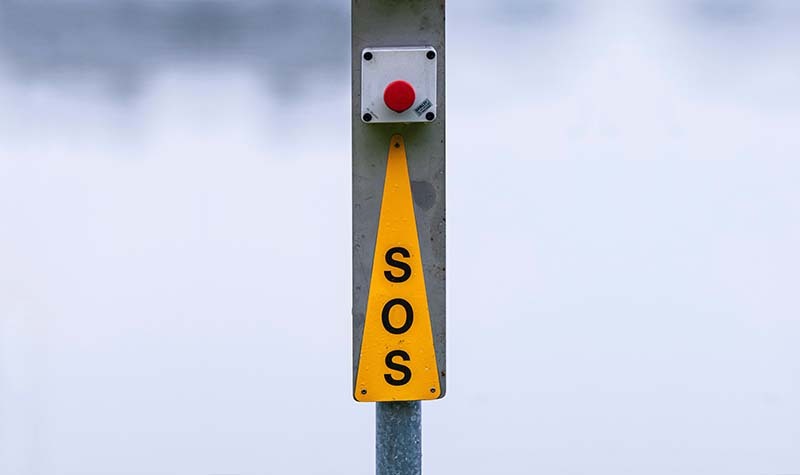November 8, 2021 Posted by Pocketstop in Crisis Communications, Other Social Share
Even with emergency action plan steps in place, things can still go wrong. However, it’s simple logic: creating action plan steps is better than not having them. Things can and do go wrong in the middle of an emergency — like panic and confusion, for instance — but having these steps in place can help reduce that drama and perhaps even save lives.
Developing a plan — step-by-step — and having a high-quality mass notification plan in place will strengthen the safety of your staff and business, and, as you know, in business, it’s always good to be proactive.
Here are a few considerations in getting started on your emergency action plan steps:
First, stop working!
Sounds like a plan, but not everybody can separate from their work once they’re in the zone. An emergency evacuation means just that. Be sure to tell your staff that — in the face of an emergency event — it’s okay to put their work down and get out immediately. In the meantime, shut down the equipment that could be affected by the event (hopefully you can do this virtually) and gather personal belongings quickly.
Use the fire exit only.
Proceed to the nearest safe exit or stairs – do not use the elevators. Touch any closed doors before opening. If the door is hot, that could mean there is a fire raging behind it. If so, use another route. Don’t lock any doors you encounter, as others may need to use them to escape after you. Don’t forget to help anyone who may have special needs and may require assistance evacuating the building.
Regroup at a pre-designated assembly area.
Once there (and it should be outdoors), do a head count and make sure everyone is accounted for. It’s a good idea to have this headcount list ready to go (and constantly updated) ahead of time. Be sure to notify emergency responders about anyone who is currently missing.
Listen to your emergency responders.
They are experienced in how to keep people safe. Do not enter the buildings until the emergency responders give the “all clear.”
What to do now (before the emergency occurs)
- Gather important information about how you plan to proceed. Take your property’s layout into consideration when planning an escape route (get help from first-responder professionals like your local fire department). Ask yourself: where could a fire start? Where is it most likely to flood? Where could a chemical accident happen? Where could an earthquake be most life threatening?
- Make a list of everyone who may be involved/on site. This list may change and evolve, so be commit to updating it regularly. This will be your headcount list after the evacuation is complete.
- Hold planning sessions with your staff so that everybody can absorb the information and the urgency — and know what to do in advance.
- Print your emergency action plan and post it throughout the building. Give copies to all staff. Hold regular drills so that everybody gets an idea of what to do and how. Ask your local fire department to suggest the best escape routes and outdoor assembly points. Appoint an emergency action plan warden who can help with these details and be of assistance during the emergency.
- Make plans to protect your non-people: computers and computer systems, plants, and last but absolutely not least, office pets.
Make sure you have a high quality mass notification system.
Look for a mass notification platform that specializes in helping you send mass messages in real time — at every stage of your emergency action plan. Your technology should keep staff informed and updated throughout the event. It should be user-friendly, flexible and able to provide you with efficient 24/7/365 customer support. Make sure it offers world-class protection that keeps your data and business safe. Even if you are experiencing an emergency other than a fire, your platform should be reliable and fast — featuring two-way chat, polling and acknowledgements to let you know where your people are — and how they are doing — at every stage of the crisis.
Having a tool that allows you to communicate with your staff through email, phone, text and other devices can get your urgent messages out fast and in a precise manner. You should also be able to alert your local fire department and other emergency responders with this technology (by programming their contact info ahead of time).
Bottom line
Emergency action plan steps are a process. In order to protect your staff and your business, your plan must be developed and practiced. A well-created and well-executed plan requires good communication (and a good mass notification system) down to the last detail.
Find out more about how RedFlag can help you with your emergency action plan steps. Click here
The Insurance Information Institute offers five steps to preparing an effective evacuation plan. Click here.
Social Share


